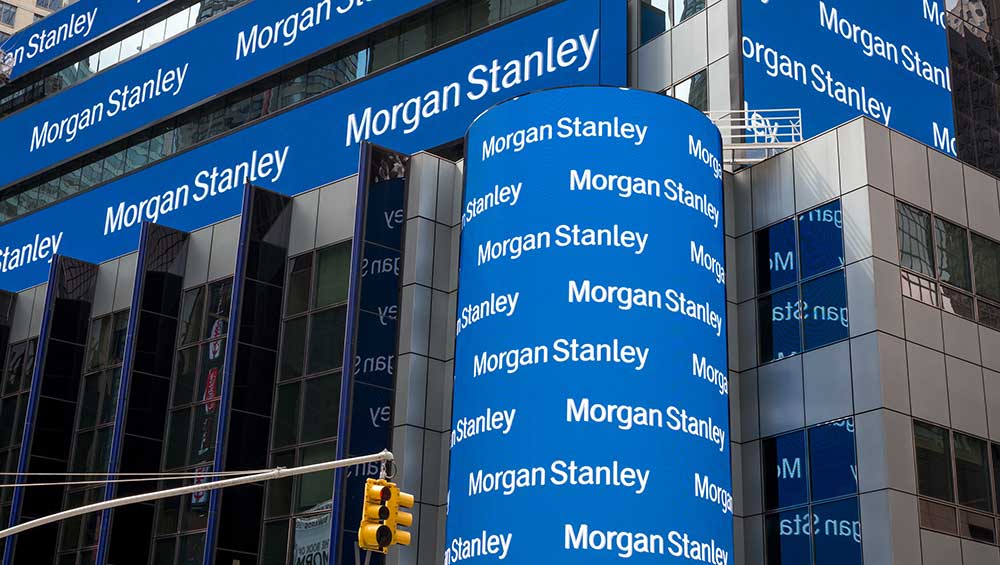The economic revival, which was expected to take off this year, has not been ultimately going smoothly.
Indeed, businesses had reoperated almost the same way before the pandemic kicked in, but it has become more apparent that American workers are hesitant to go back to work.
The transition from the work situation during the pandemic and the past few months where the country slowly goes back to normal came with several adjustments as expected by economic analysts.
The slow pace of the job market and the outright refusal of some Americans to go back to work have been felt on a larger scale.
Scrutinizing the circumstance in which families in the US are affected by this initial phase of recovery, it is clear that the factors linked to this situation are mostly valid.
Some American workers are apprehensive about going back to work in fear of getting infected by COVID19.
On the other hand, others are torn between their responsibilities at home, considering schools are not entirely reopening yet.
Furthermore, other older workers have chosen to retire. Plus, some decided to start their own business instead of returning to their previous jobs.
These factors influenced the decisions of many individuals to either let go or jumpstart their work in the physical environment.
According to the Labor Department, there is a record-high of about 9.3 million job openings in April.
Moreover, the Bureau of Labor Statistics data revealed that more people are quitting their jobs recently than any other time within the last 20 years.
Since a significant percentage of the workforce are not returning to their workplace anytime soon, analysts are looking into other more profound reasons for the labor shortage that gradually formed during the pandemic.
True enough, more cracks have opened in what was previously deemed as “normal” in the American workforce.
Critical pre-pandemic work issues emerge
Politicians, specifically Republicans, were convinced that the stimulus package warranted by the Biden administration for unemployed Americans is to blame for the low turnout in the physical workplace.
The $300 federal benefit under the American Rescue Plan gave a breather for those who lost their jobs during the pandemic.
Republicans are firm that it is the culprit for the labor shortage; hence some states have terminated their deal with the federal government ahead of the benefit’s termination in September.
However, one significant issue that seems to influence the job market is the reality that some jobs simply have too low wages. These include positions in the hospitality and retail industries.
Before the pandemic, workers have to accept their minimum wage and compensate with a second job. During the pandemic, more individuals have contemplated the value of family and health, which are two social elements that are greatly sacrificed in the previous setup.
As a result, more workers exchanged their 9 to 5 jobs to businesses which they can own and operate. According to the Census Bureau, about 2.5 million new business applications were filed by May this year.














